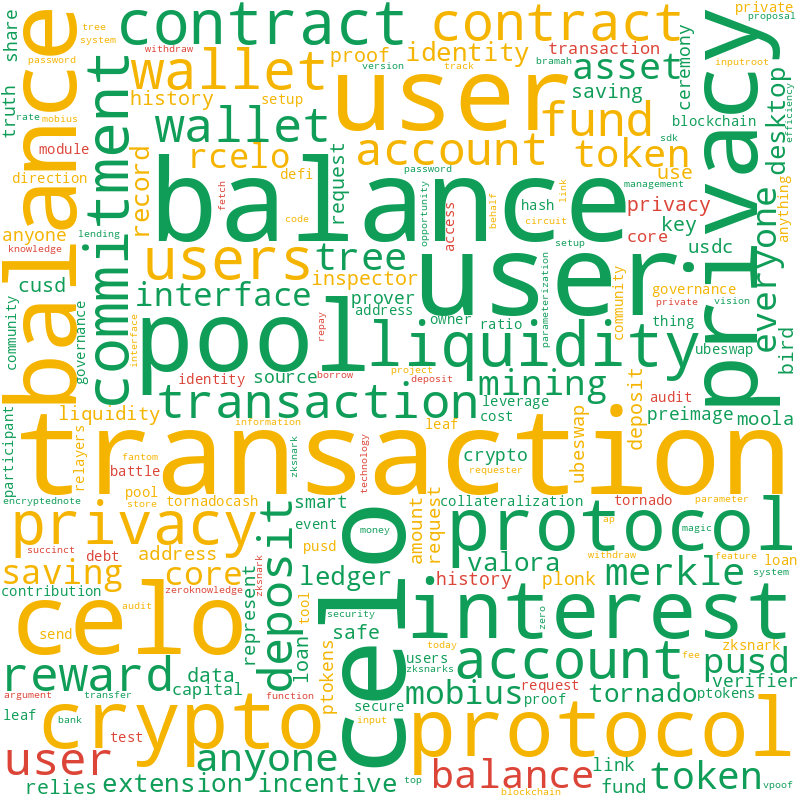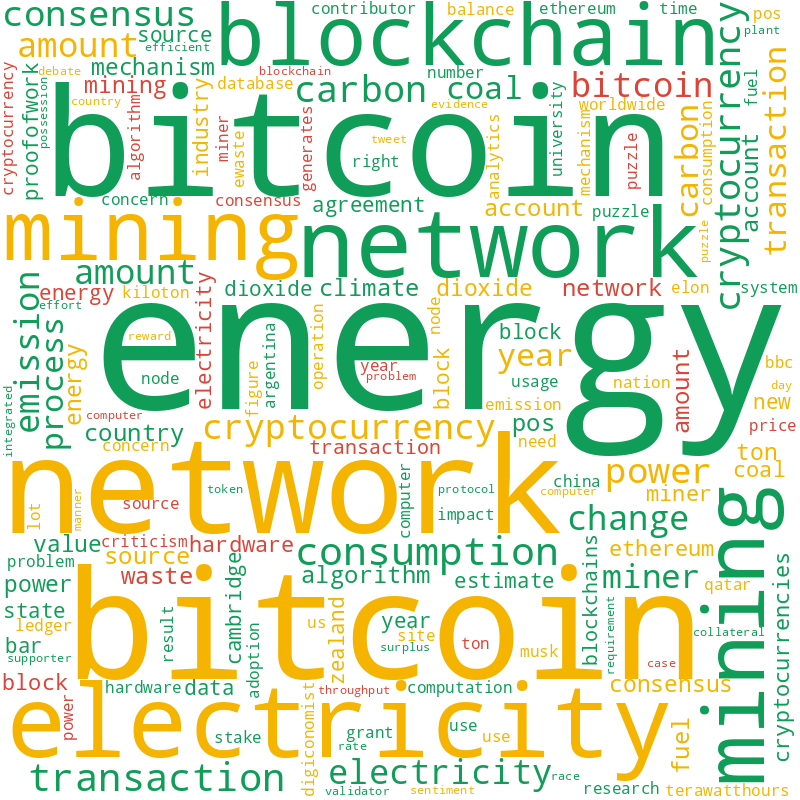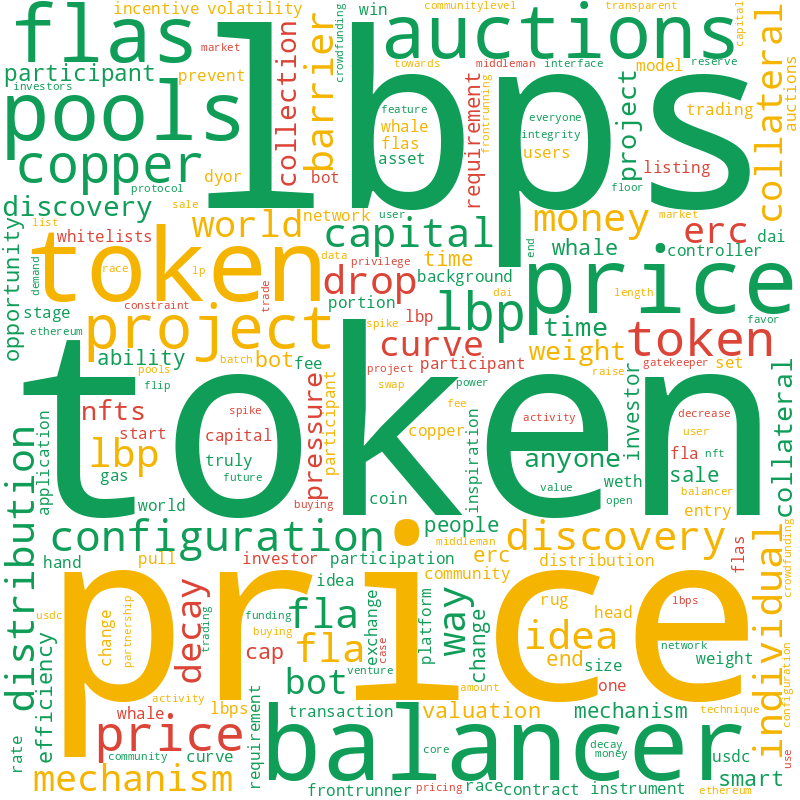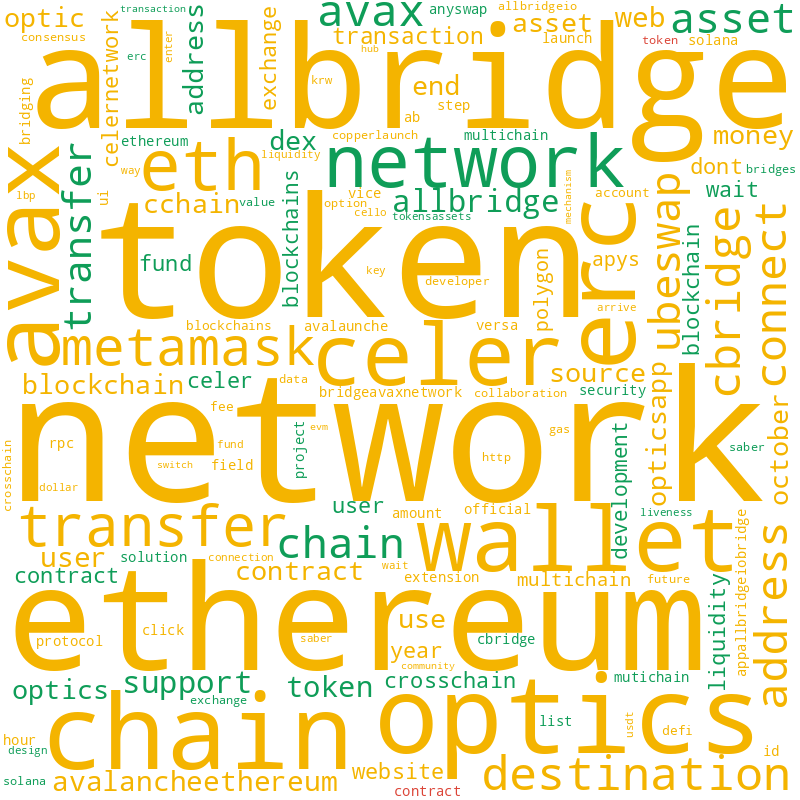1. What is PoofCash? Why is Poof v2 #privacyforthepeople?
Top answers from Knox.Market:
POOF is a token that governs the Poof protocol and the rCELO token.
Users can mine POOF by depositing rCELO into the Poof protocol.
Poof, Celo, and Tornado users were airdropped vPOOF tokens which can be redeemed 1:1 for POOF tokens.
Poof hashes concatenation of your secret and nullifier to generate a commitment which is sent along with the deposit to Poof privacy contract.
When a user deposits, the Poof smart contract wraps those tokens into interest-bearing versions.
Poof is not owned by anyone, so all deposits that transact through Poof are non-custodial.
AP and POOF swaps at a variable rate depending on the demand for POOF.
The greater the demand for POOF, the more AP is needed to redeem for POOF Poof v2 automatically lends to Moola v2 to earn users interest Users with cUSD/CELO/cEUR deposit tokens into Poof earning interest from Moola lending while keeping their balance private Poof V2 allows users to Privately request crypto from others.
Sending crypto with Poof v2 not require use of a public wallet, without revealing anything about your identity, balances, or transaction history.
The proof is verified by the Poof privacy contract, and if valid, the contract will withdraw funds to any address of your choosing.
Poof act as a Private savings account and Better than a bank account because only you can see your balance.
User of Poof V2 can borrow ptokens like pCelo, pUSD and pEUR. Borrowing pCELO will collateralize against only your CELO balance.
This repository contains the Poof smart contracts as well as the circom Circuits for zkSNARK proofs.
The SDK serves as a NPM library that allows importers to easily write / read from the Poof smart contracts. users continue to earn lending APR on their deposit through Poof private savings
The top answers listed above are results from a Knowledge Market with 9039.76 CELO liquidity & 1312.00 CELO volume. Want more insights? Join our discord.

2. How does Proof of Work (PoW) crypto affect the environment?
Top answers from Knox.Market:
Bitcoin's network used more electricity a day for a single Bitcoin transaction than the amount of electricity used by the average U.S home daily.
Bitcoins use more energy than Argentina, if Bitcoin is a country it would be in the top 30 energy users worldwide.
Proof of work at scale requires huge amounts of energy, which only increases as more miners join the network.
Bitcoin mining devices typically only last for about 1.5 years, miners try to get access to the cheapest and most constant energy sources.
PoS is considered much more energy efficient and the adoption rate of PoS based blockchains far outnumber PoW based blockchains.
Concerns about the energy consumption of cryptocurrency mining, which may cause increased carbon emissions and climate change.
Bitcoin and other proof-of-work cryptocurrencies require large amounts of energy, due to the computations needed for mining.
65% of bitcoin miners are located in China, a country that generates most of its energy from coal.
One of the reasons behind China’s recent crackdown on Bitcoin mining was that Bitcoin miners were illegally reviving idle coal-based power plant over time, the network will consume more computing power and energy to process the same number of transactions.
A more robust and wider approach is needed that makes use of renewable energy sources along with a number of other innovative solutions.
PoW consensus algorithm requires a large amount of electricity to run the network. proof of work” that is incredibly energy hungry.
Fee associated with making a transaction is called “gas. two of the most popular consensus algorithms are Proof of Work (PoW) and Proof of Stake (PoS).
Proof of work (PoW) is a decentralized consensus mechanism that requires members of a network to expend effort solving an arbitrary mathematical maintain security and decentralization.
Ethereum on proof-of-work consumes 73.2 TWh annually, the energy equivalent of a medium-sized country li Proof-of-Stake is presented as an improvement over Proof-of-Work because it does not require hardware or energy consumption.
PoS uses less energy, and for now we can safely say it has a lesser impact on our environment.
Proof of work is used widely in cryptocurrency mining, for validating transactions and mining new tokens.
Every second of the day, the Bitcoin network alone is generating more than 130 quintillion of such guesses, and consuming a whole lot of energy so in order to turn the process into "work," the bitcoin network sets a certain level of "difficulty."
Due to proof of work, Bitcoin and other cryptocurrency transactions can be processed peer-to-peer in a secure manner.
The top answers listed above are results from a Knowledge Market with 8956.95 CELO liquidity & 1039.00 CELO volume. Want more insights? Join our discord.

3. What is fair launch auction & liquidity bootstrapping pool on CopperLaunch?
Top answers from Knox.Market:
Copper is the most open and user-friendly way to participate in a Fair Launch Auction (FLA), which is a permissionless price discovery mechanism.
Fair Launch Auctions (FLAs) are a specific application of Balancer’s Liquidity Bootstrapping Pools (LBPs).
On CopperLaunch, the LBP token lists consist of 2 tokens: an ERC20 token aka project launch token & a collateral stablecoins such as USDC, DAI Liquidity bootstrapping pools (LBPs) are also known as configurable rights pools or smart pools.
A smart pool is a contract that controls a Balancer core pool, which contains the tokens and is used on the exchange.
Anyone can buy into or sell out of the auction freely at any time, so price truly regulates itself LBP will continues and price of the project tokens becomes cheaper over time until all tokens are sold and evenly distributed effectively
Value of the tokens that you've received in exchange for contributing to such an auction might go to 0.
Liquidity bootstrapping pool is a great solution for those who want to get tokens into the hands of a user base.
Using an FLA allows the purchaser to know exactly how many tokens they will get for their money, a benefit compared to batch auction.
This is ideal for distributing new tokens since the LBP controller only needs to provide the new tokens and a small portion of a second asset Freely launch tokens and participate in auctions.
No whitelists, hard caps, or listing requirements.
The collateral tokens can be withdraw at the end of the auction Copper.
Built on Balancer Labs LBP, provides users with the opportunity to fairly and transparently participate in token & NFT launches Knoxedge Labs is currently holding their fair launch auction on CopperLaunch with 10M KNX tokens on sale.
A smart pool is less trustless than a shared pool, but does not require the complete trust of a private pool.
Change token launches from being a race where the first bot in or the transaction with the highest gas fee wins.
Unlike an immutable shared pool, smart pool controllers can change the parameters of the pool - but only in controlled ways.
FLA in Copper is a high-risk endeavor, the value of the token you’ve received in exchange might go to 0.
The high liquidity of an LBP enables distribution of the token to as many participants as possible.
A collateral token that has been deposited along with the launch token.
The LBP was scheduled to undergo a gradual weight change.
Get the token in the most possible fair way that disincentivizes front-runners and whales getting better rates than smaller participants.
The weights are initially set heavily in favor of the project token, then gradually “flip” to favor the collateral coin by the end of sale.
User will contribute to the price discovery on their own DYOR and valuation of the project.
Set the end weights towards which the launch and collateral tokens within the deposited LP will change over the length of the auction.
In V2 FLA max weights are 99-1 vs 96-4, further maximizing the possible price discovery.
The top answers listed above are results from a Knowledge Market with 9389.00 CELO liquidity & 1330.00 CELO volume. Want more insights? Join our discord.

4. How to bridge KNX from Celo to Avalanche?
Top answers from Knox.Market:
Bridge KNX token (ERC-20 token) from Celo to Ethereum Network (ETH) using Optics Bridge.
Currently KNX does not has a direct bridge from Celo to Avalanche network.
A user only need to connect wallet A in Celo network to send KNX. Then from ETH bridge to AVAX using Avax Bridge as ERC-20 token.
After 21 October 2021, KNX can be bought by means of swapping at Ubeswap on celo network.
10,000,000 KNX tokens were bridged from Celo to Ethereum and deposited into CopperLaunch LBP.
Allbridge Is Bridging Cello Dollar To Solana In Collaboration and Launch USDT Bridge From Avalanche To Solana In Collaboration With Saber.
While waiting for Optics to be available on Avalanche network, the developers can use Allbridge.
Allbridge is a decentralized, modular, and expanding token bridge with on-chain consensus.
AllBridge to provide 1MIL token with a bridge to Polygon, BSC, and Solana.
A bridge is in practice a mechanism which allows the flow of tokens from one chain to another (and back).
Allbridge is a DAO-style multi-chain hub, connecting DeFi service providers from EVM and non-EVM networks alike recent integrations of Avalanche and Celo chains, can extend their support to the KNX token.
Instant liquidity transfer between multiple different layer-2 networks on Ethereum.
The developer team can also consider to list KNX on a centralised exchange (CEX) such as Binance, Kucoin or Coinbase.
It’s a simple, modern, and reliable way to transfer assets between blockchain networks Allbridge core cross-chain liquidity network, Saber helps facilitate the transfer of assets between Solana and other blockchains KNX token can be added in future to allow the transfers of assets in Allbridge.
This is because Optics only support Celo, Ethereum and Polygon network at this moment.
Allbridge is cheap and simple to use. Most importantly, it supports both Celo and Avalanche network.
anyswap, mutichain, multichain dex, allow bridging between many network, celo seems to be on the development list C-Bridge between Celo to Avax is expected to be ready by end of October.
The top answers listed above are results from a Knowledge Market with 1822.10 AVAX liquidity & 49.30 AVAX volume. Want more insights? Join our discord.
